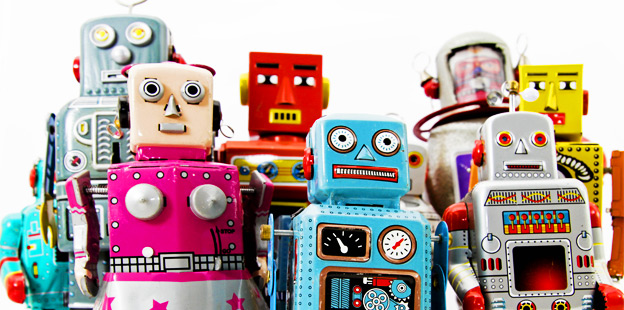
When browsing toy stores for your child’s next gadget or stuffed animal, gruesome and morbid images are unlikely to come to mind. Neon pink Barbie Doll packages and fiery red miniature fire engines light up the aisles while fun and upbeat music plays in the background.
Unfortunately, many unsafe toys have contributed to serious injury and death among children over the years.
The U.S. Consumer Product Safety Commission and U.S. Customs and Border Protection work with foreign and domestic toy manufacturers, importers and retailers to ensure that they comply with U.S. toy safety requirements. While most of today’s toys can be trusted, some sneak by that should have never hit the shelves. The following is a list of the six most dangerous children’s toys that have ever been on the market.
1. Gilbert U-238 Atomic Energy Lab
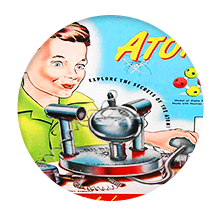 This detailed toy from the early 1950’s was on store shelves for $50 (factoring in inflation, we can equate that to a monstrous $300 today). Designed to educate children about atomic energy, the Atomic Energy Lab used real radioactive materials, not just sugar, salt and food coloring like today’s kid-friendly chemical kits. Children using the Atomic Energy Lab were able to witness mist trails created by particles of ionizing radiation. Due to a lack of toy recall laws at the time, the Atomic Energy Lab was never recalled, but has since been banned.
This detailed toy from the early 1950’s was on store shelves for $50 (factoring in inflation, we can equate that to a monstrous $300 today). Designed to educate children about atomic energy, the Atomic Energy Lab used real radioactive materials, not just sugar, salt and food coloring like today’s kid-friendly chemical kits. Children using the Atomic Energy Lab were able to witness mist trails created by particles of ionizing radiation. Due to a lack of toy recall laws at the time, the Atomic Energy Lab was never recalled, but has since been banned.
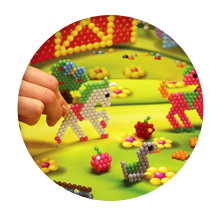 2. Aqua Dots
2. Aqua Dots
Aqua Dots hit the market in 2007, and parents were in a frenzy to swoop them up before the Christmas holiday. Cleverly coined the “date rape toy,” these Chinese-made colorful beads could be arranged by children in any desired multidimensional pattern and then be sprayed with water to fuse together.
Here’s where the trouble lies: those small, fun and bright beads contained the drug gamma hydroxybutyrate (GHB), more commonly known as the “date rape drug.” The beads could easily be swallowed by the children they were marketed to, and the Consumer Product Safety Commission (CPSC) reported that two children who had accidently ingested the beads became comatose for hours. One child was even hospitalized for five days. Fortunately there were no fatalities. Needless to say, one of 2007’s hottest toys was promptly recalled.
3. Easy-Bake Oven
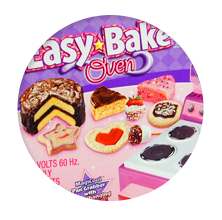
The bright pink mini-replica of a life-size kitchen appliance has been a classic toy staple ever since its introduction in the 1960’s. For decades, little girls around the country used the Hasbro Easy-Bake Oven to learn the basics of domestic living, and the toy was even inducted into the National Toy Hall of Fame in 2006.
Shortly after its’ initiation into fame, Hasbro proudly released a new line of Easy-Bake Ovens. Almost immediately, reports began to pile up of injuries the model caused to children. This new version could easily trap small hands and fingers in the oven’s opening, and even inflicted second-and-third degree burns to the mini-chefs.
Altogether, the U.S. CPSC received 77 reports of burns. One of those reports was of a 5-year-old girl who had to have part of her finger amputated. Nearly 100 million of those Easy-Bake Ovens were recalled the following year in 2007.
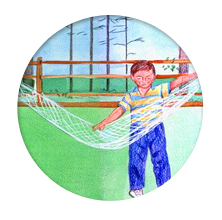 4. Mini-Hammocks
4. Mini-Hammocks
When you think of a hammock, what type of image comes to mind? Is it a swinging bed interlaced between two palm trees? A relaxing afternoon in the shade with a good book? Or is it a “death cocoon?” Probably not option number three – but that’s what the nylon mini-hammocks for kids back in the 80’s and 90’s were being called.
Several companies sold these little hammocks for about $4 apiece, including EZ Sales whose version was unfortunately named “Hang Ten” model. Throughout the decade in which mini-hammocks jumped in popularity, 12 children died of asphyxiation after being tangled in the contraption. Another child, 7 years old, suffered permanent brain damage after nearly being strangled to death.Even when children struggled to get out, the design of the hammocks didn’t allow an easy escape. Three million mini-hammocks from ten different manufacturers were recalled in 1996.
5. Magnetix
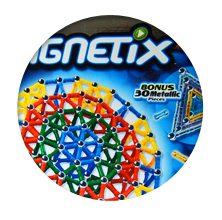 Most parents today know not to let their children play with small magnetic pieces, and they can thank the failure of Magnetix for teaching them that vital lesson. Magnetix building sets contained plastic pieces that could break open and spill small, strong magnets that could be easily swallowed by young children. While toys with small parts are always dangerous, magnets pose an especially life-threatening risk to kids. They often resemble candy, and if a child swallows more than one of such magnets they can congregate to cause life-threatening complications. Most small objects in toy sets will simply pass through the digestive system and come out naturally, however magnets can connect with one another through tissue walls, causing intestines to twist and even cut off blood supply to vital organs.
Most parents today know not to let their children play with small magnetic pieces, and they can thank the failure of Magnetix for teaching them that vital lesson. Magnetix building sets contained plastic pieces that could break open and spill small, strong magnets that could be easily swallowed by young children. While toys with small parts are always dangerous, magnets pose an especially life-threatening risk to kids. They often resemble candy, and if a child swallows more than one of such magnets they can congregate to cause life-threatening complications. Most small objects in toy sets will simply pass through the digestive system and come out naturally, however magnets can connect with one another through tissue walls, causing intestines to twist and even cut off blood supply to vital organs.
At the time the toy was recalled in 2006, 34 children had been injured after swallowing the magnets, and 22-month old Kenny Sweet died after ingesting 9 magnets that reattached while inside his bowels. Magnetix manufacturer Mega Bloks claimed never to have known of the risks its toy posed to children.
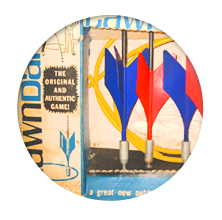 6. Lawn Darts
6. Lawn Darts
We see them in pubs, where intoxicated adults can throw steel-plated missiles around, but it wasn’t until darts were marketed to children that real trouble was encountered.
Lawn darts, or “Jarts” in the 70’s and 80’s became a hit among neighborhood children who wanted to practice their aim in their backyards. But it doesn’t take any stretch of the imagination to see how these metal rockets may have posed a threat to the youngsters. Lawn darts contributed to at least 6,700 injuries and four deaths before they were banned in 1988.
Toy Safety Checklist for Parents:
![]() Is the toy age-appropriate? Adhere to the age guidelines listed on the packaging.
Is the toy age-appropriate? Adhere to the age guidelines listed on the packaging.
![]() Is there presence of long, loose strings or cords more than seven inches? If so, look for a similar toy without those features.
Is there presence of long, loose strings or cords more than seven inches? If so, look for a similar toy without those features.
![]() Parents should look for flame retardant, non-toxic toys that have a durable finish and the ACMI seal of approval.
Parents should look for flame retardant, non-toxic toys that have a durable finish and the ACMI seal of approval.
![]() If the toy is a contraption that can be ridden on, parents should look for stability and the presence of proper safety equipment.
If the toy is a contraption that can be ridden on, parents should look for stability and the presence of proper safety equipment.
![]() Beware of powerful, small magnets in your child’s toys.
Beware of powerful, small magnets in your child’s toys.
![]() Be sure that only parents have access to batteries.
Be sure that only parents have access to batteries.


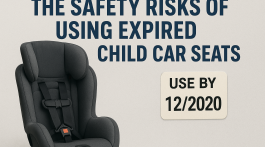

No Comment